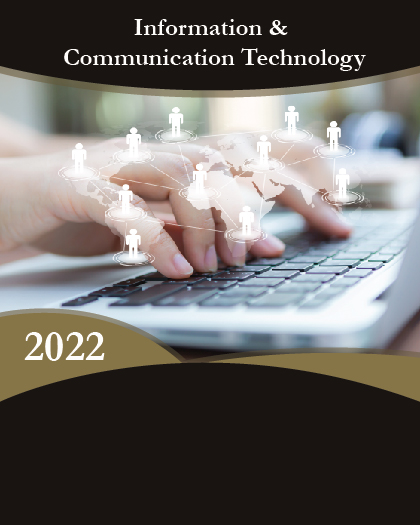

The global wearable sensors market will grow at a compound annual growth rate (CAGR) of 32.8% during the forecast period from 2022-2030.
Several factors, such as applications of the internet of things (IoT), growing demand for wearable sensors, advanced communication techniques, and low energy consumption, are driving the growth of the market. The global wearable sensors market is gaining traction due to the growing demand for monitoring applications from the population.
Moreover, the integration of IoT (Internet Of Things) to develop health monitoring platforms is gaining popularity with time. Such remote healthcare facilities are boosting the demand for wearable sensors.
The advent of the internet and its increasing adoption worldwide would increase the demand for global wearable sensors. Around one-third of the population around the globe has adopted the internet for various practices. It has boosted the demand for Internet-enabled smart devices and wearable sensor devices among the population.
The growing adoption of devices, including smartwatches, smart glasses, and other devices in healthcare and consumer infotainment, has increased over time. Moreover, the miniaturization of these devices has grown its demand in the market.
Moreover, growing investments in the global wearable sensor market would boost the growth of the market. Companies such as STMicroelectronics, NXP Semiconductors, and Broadcom are funding R&D to enhance the advancements. Thus, in turn, growing investments would propel the growth of the global market during the forecast period.
On the contrary, the high costs of wearable products and technical issues related to them are forecast to slow down the growth of the global wearable sensors market.
Geographical Analysis
Geographically, the Asia Pacific region is expected to witness rapid growth in global wearable sensors during the forecast period. OEMs (Original Equipment Manufacturer) are making considerable advancements towards the expansion of IMUs (inertial measurement units) and MEMS (micro-electro-mechanical systems) technology. Thus, it will also lower the prices of technology. Moreover, Japan and India are witnessing increasing investments from various companies. It will enhance the advancements of wearable sensors. Thus, it will fuel the demand for advanced wearable devices.
Apart from that, North America contributed to the significant growth of the wearable sensors market and is expected to present the same contribution during the forecast period. The growth of the region is attributed to the extensive adoption of digital techniques among business enterprises and thriving healthcare domains in the region.
COVID-19 Impact
The COVID-19 pandemic slightly raised the adoption of wearable sensor-based devices in healthcare during the pandemic. The adoption of these devices suddenly increased in healthcare. Doctors chose telemedicine to treat patients from a distance to halt the spread of the deadly virus. Thus, the integration of artificial intelligence (AI) to support health care bodies stimulated the growth of global wearable sensor devices.
Competitors in the market
Market Segmentation
By Type
By Application
By End-User
By Region






















